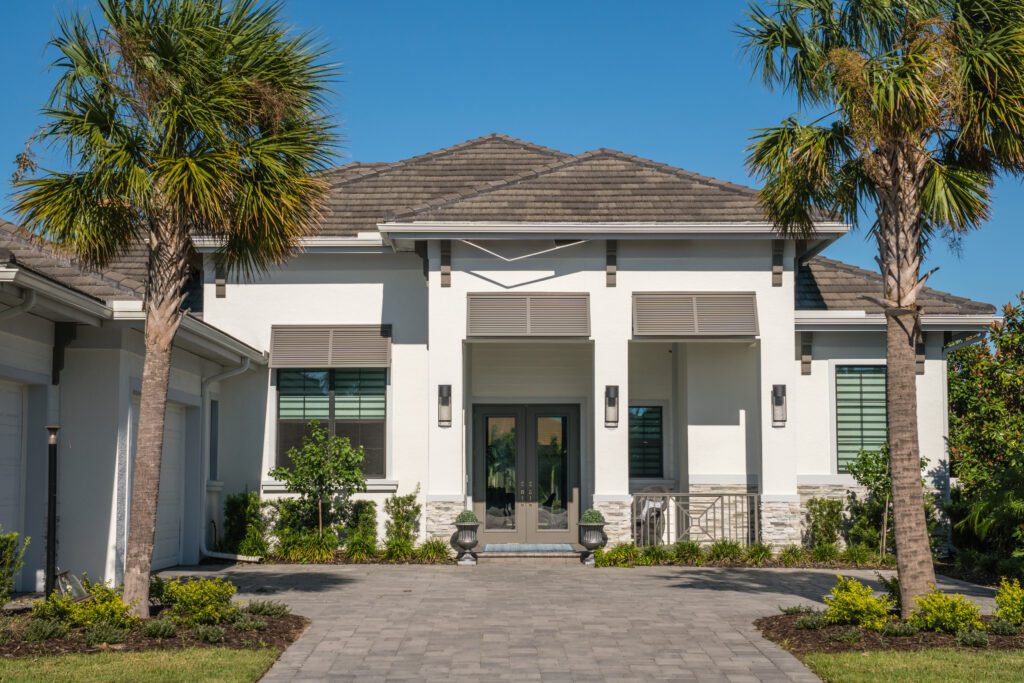Florida’s New-Home Market Faces a Slowdown Amid Rising Inventory and Buyer Incentives in 2025
The traditionally bustling spring housing season in Florida has revealed unexpected challenges in the new-home market. According to recent analysis by John Burns Research and Consulting (JBREC), at least eight Florida metropolitan areas—including Fort Myers, Lakeland, Naples, Jacksonville, Orlando, Sarasota, Tampa, and West Palm Beach—are experiencing slowed sales, declining prices, and increased use of buyer incentives. This trend echoes a broader national pattern, with over half of new-home markets across the U.S. showing similar sluggishness during what is usually the peak housing period.
Why Are Florida’s New-Home Markets Slowing?
The new-home market downturn in Florida is driven by a combination of factors:
- Record-high inventory: New-home listings in Florida reached their highest levels since 2010, fueled by robust construction responding to the pandemic-driven surge in housing demand and population growth.
- Elevated mortgage rates: Mortgage rates around 7% have significantly impacted buyers’ purchasing power, making new homes less affordable.
- Rising associated costs: Increasing homeowners insurance premiums and homeowner association (HOA) fees further strain prospective buyers’ budgets.
- Competitive builder environment: Florida’s market is heavily reliant on speculative (“spec”) home building, meaning builders construct homes without a committed buyer, anticipating easy sales. This has led to intense competition among numerous builders vying for limited buyers.
Chris Porter, Senior Vice President of Research at JBREC, highlights that "Florida has the highest level of new home inventory compared to other regions," a factor compounded by a traditionally weak spring selling season this year. Resale inventory is also climbing, intensifying competition among sellers.
Impact on Prices and Sales
With an abundance of options available, many builders in Florida have resorted to offering incentives and discounts to attract buyers. These strategies have contributed to significant price declines for new homes compared to other regions.
Inventory Trends and Builder Responses
- January 2025 saw a peak of 54,824 new-home listings in Florida—a year-over-year increase of 8.9%.
- By May 2025, new listings had decreased to 45,441, representing an 8.7% decline from the previous year.
- Builders are beginning to scale back new construction in response to slower sales, aiming to restore balance to inventory levels; however, this adjustment is expected to unfold gradually.
Porter notes, “Given the amount of inventory to work through, Florida will likely remain challenged in the near term… Prices are expected to stay muted as builders continue offering incentives, while construction activity pulls back.”
Investment Opportunities Amid Market Challenges
Despite the current slowdown, JBREC experts identify promising long-term opportunities for buyers and investors in the Florida new-home market:
- Strong long-term fundamentals: Florida metros continue to attract residents due to year-round sunshine, favorable tax policies, and a robust job market. For example, Orlando’s job growth is nearly twice the national average.
- Temporary supply glut: The oversupply is viewed as a short-term hurdle, with fundamentals such as population growth and employment expected to sustain demand over time.
- Potential high returns: Markets struggling with high inventory but supported by strong migration and job creation may yield the best long-term investment returns after supply stabilizes.
JBREC concludes, “Once supply and demand balance out, regions with inventory challenges but robust economic fundamentals could offer the best long-term returns.”
Summary: What Buyers and Sellers Need to Know
For Buyers:
- Take advantage of increased incentives and price reductions on new homes.
- Research metros with strong economic growth and job opportunities for future appreciation.
For Builders and Sellers:
- Prepare for a market adjustment by moderating new home construction.
- Use strategic incentives to compete but remain mindful of price trends.
For Investors:
- Monitor areas with high inventory but growing economic indicators for promising long-term gains.
- Consider the cyclical nature of the housing market and plan for recovery after inventory normalizes.

Modern luxury home in Sarasota, Florida — Getty Images
Related Resources:
- Florida Real Estate Market Trends
- Understanding Mortgage Rates and Home Buying Power
- Sunbelt Housing Market Analysis
By understanding these evolving dynamics, buyers and investors can make informed decisions in Florida’s shifting new-home market landscape.


